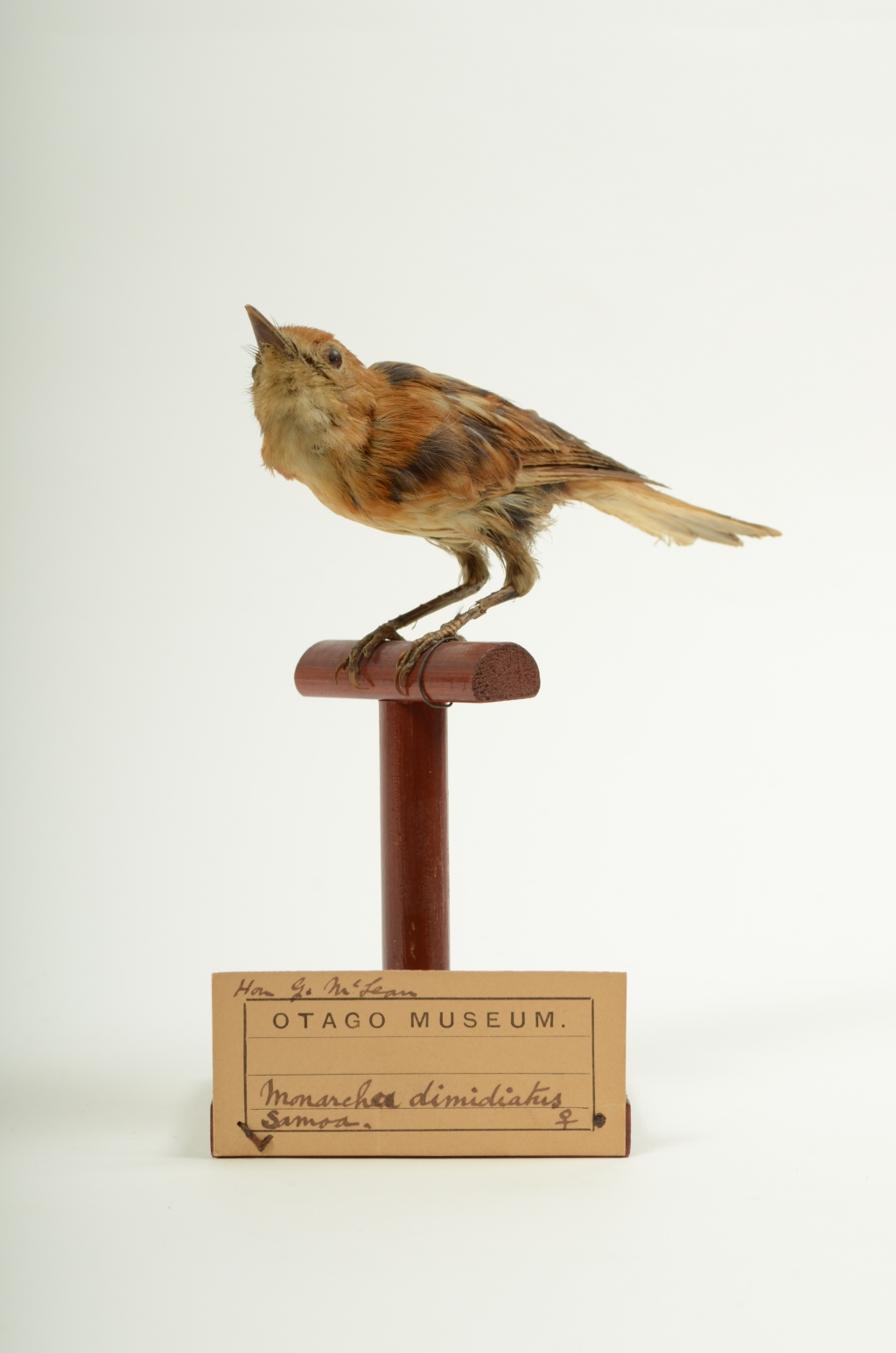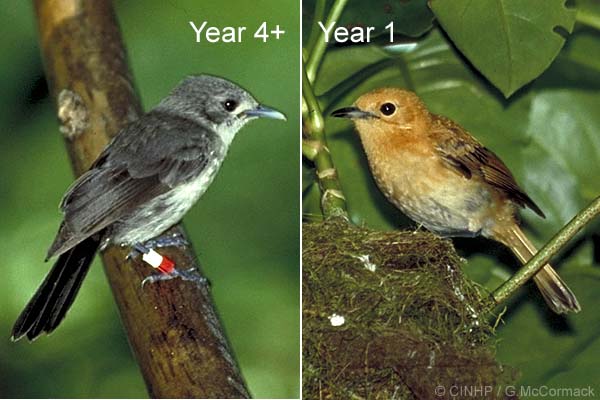The Rarotongan Monarch: A Deep Dive Into Pomarea Dimidiata
Share
The Rarotongan Monarch, scientifically known as Pomarea dimidiata, is a captivating bird species endemic to the lush landscapes of Rarotonga in the Cook Islands. This article explores the taxonomy, physical characteristics, habitat, diet, behavior, reproduction, and conservation status of this unique avian species, providing insights into its ecological significance and tips for birdwatchers eager to observe it in its natural environment.

Taxonomy
The Rarotongan Monarch belongs to the order Passeriformes, which encompasses a vast array of songbirds. Within this order, it is classified under the family Monarchidae, known for its diverse and colorful members. The suborder Oscines includes the songbirds, while the subfamily Monarchinae specifically refers to the monarch flycatchers. The species was first described by Hartlaub and Finsch in 1871, highlighting its long-standing recognition in ornithological studies.
Physical Characteristics
The Rarotongan Monarch is a small to medium-sized bird, typically measuring around 15 cm in length. It exhibits a striking plumage that varies between sexes. Males are often characterized by their vibrant yellow underparts and dark brown or black upperparts, while females tend to have a more subdued coloration, featuring olive-brown tones. This sexual dimorphism not only adds to the bird's aesthetic appeal but also plays a role in mating displays.

Habitat
The Rarotongan Monarch thrives in the tropical forests of Rarotonga, where it prefers dense vegetation and areas with abundant fruiting trees. These habitats provide essential resources for feeding and nesting. The bird is often found in both primary and secondary forests, showcasing its adaptability to varying environmental conditions. The lush greenery of Rarotonga not only supports the Monarch but also a myriad of other endemic species, making it a vital ecosystem.
Diet
As an insectivorous bird, the Rarotongan Monarch primarily feeds on insects, including caterpillars, beetles, and other small invertebrates. It employs a foraging technique that involves gleaning insects from leaves and branches, showcasing its agility and keen eyesight. Additionally, the Monarch may consume fruits, particularly during the breeding season when energy demands are higher. This diet plays a crucial role in controlling insect populations and contributes to the overall health of its habitat.

Behavior
The Rarotongan Monarch is known for its melodious song, which serves various purposes, including territory establishment and mate attraction. Males are particularly vocal during the breeding season, using their songs to communicate with potential mates and assert dominance over their territory. The bird is also social, often seen foraging in pairs or small groups, which enhances its foraging efficiency and provides safety in numbers.
Reproduction
Breeding typically occurs between September and December, coinciding with the peak of food availability. The female constructs a cup-shaped nest, usually hidden in dense foliage, to protect her eggs from predators. After laying a clutch of 2-3 eggs, she incubates them for about two weeks. Once hatched, both parents participate in feeding the chicks, ensuring their survival during the critical early stages of life.

Conservation Status
The Rarotongan Monarch faces several threats, primarily due to habitat loss and invasive species. Deforestation for agriculture and urban development has significantly reduced its natural habitat. Additionally, introduced predators such as rats and cats pose a severe risk to nesting success. Conservation efforts are underway to protect this species, including habitat restoration and predator control programs. The Rarotongan Monarch serves as an important indicator of the health of its ecosystem, making its conservation vital for the overall biodiversity of the Cook Islands.

Observing the Rarotongan Monarch
For birdwatchers eager to observe the Rarotongan Monarch, Rarotonga offers several prime locations. The island's lush forests, particularly around the interior trails and nature reserves, provide excellent opportunities for sightings. Early mornings are the best time to listen for their distinctive songs and catch glimpses of these beautiful birds as they flit through the trees. Patience and quiet observation are key, as the Monarch can be elusive among the dense foliage.
The Rarotongan Monarch is not just a beautiful bird; it plays a crucial role in its ecosystem, contributing to insect control and the health of its forest habitat. By understanding and protecting this unique species, we can help preserve the rich biodiversity of the Cook Islands for future generations. The Rarotongan Monarch stands as a testament to the beauty and fragility of island ecosystems, reminding us of the importance of conservation efforts in safeguarding our natural world.